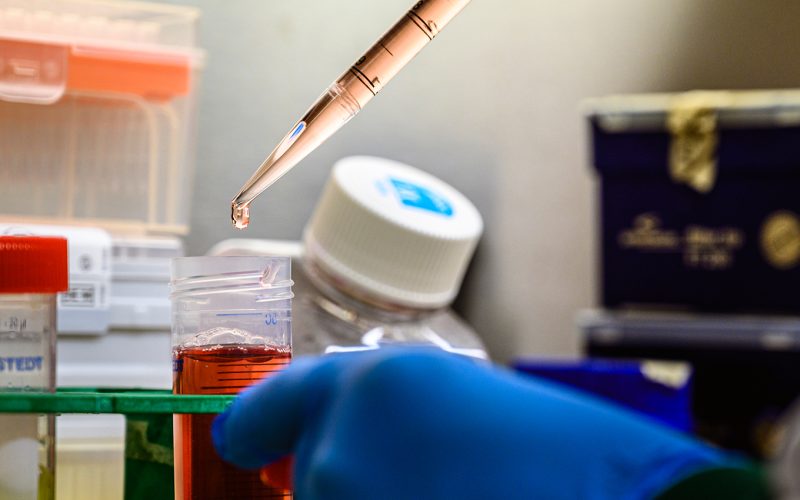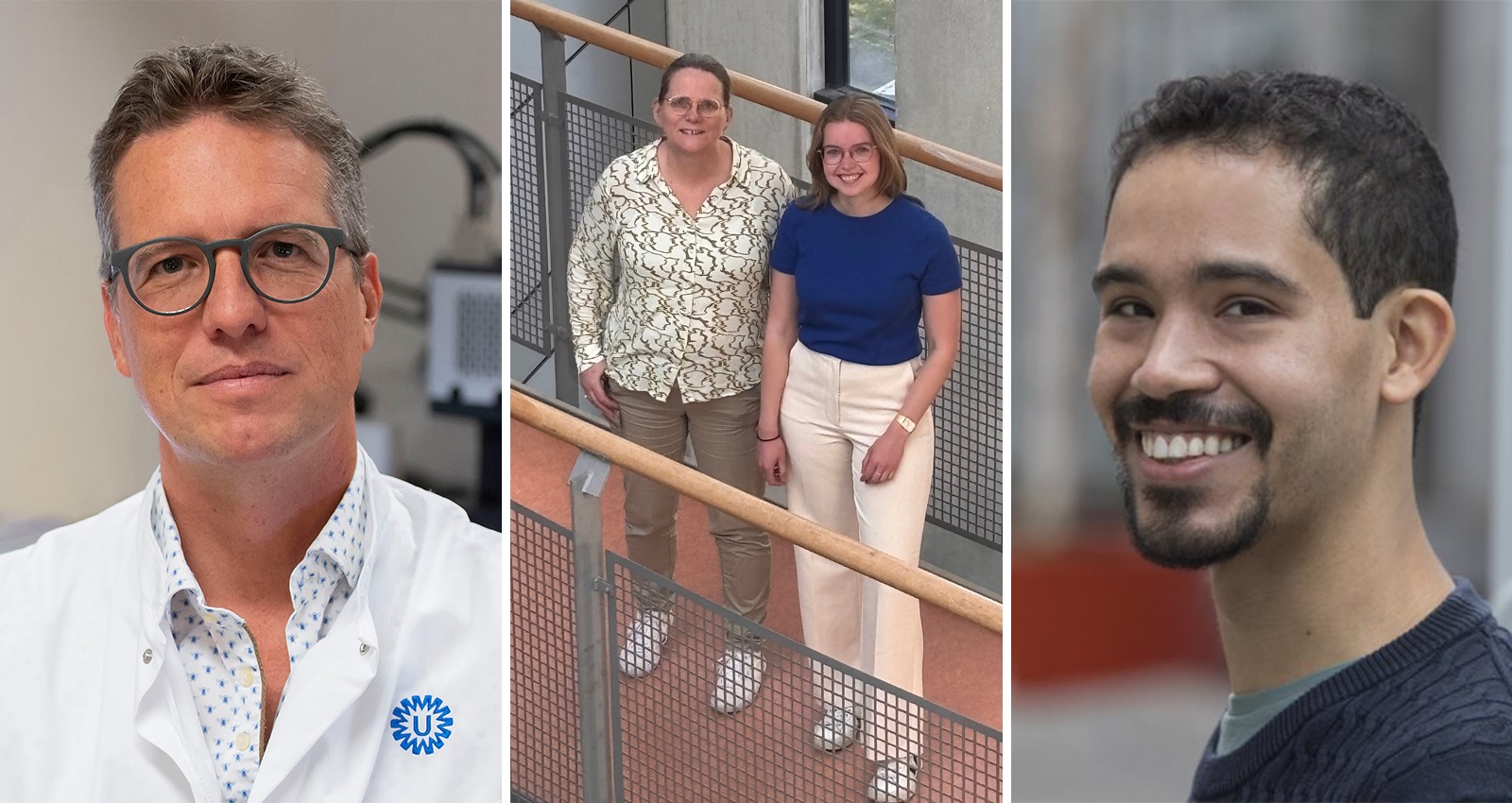Glial cells are crucial for brain function, providing essential support to neurons, yet they remain understudied in the context of brain diseases. When an inflammatory response known as ‘reactive gliosis’ occurs, these cells may lose their neuron-supportive functions and contribute to disease onset. A research team from UMC Utrecht, led by Professor Elly Hol, has secured a Woelse Waard grant to study glial cells in the context of Parkinson’s Disease.
Parkinson’s Disease (PD) is a neurodegenerative brain disease in which midbrain dopaminergic neurons, necessary for coordinating movement, gradually degenerate. The new research project, dubbed ‘GliaPark’, strives to uncover how glia are involved. This is a crucial stepping stone to developing therapeutics to halt this neurodegenerative process and utilizing glial cells as a new target in PD and other brain diseases.
One specific type of glial cell is the astrocyte. In PD, astrocytes have been significantly less researched than dopaminergic neurons. Elly Hol, professor of Glia biology of brain diseases, explains: “Astrocytes are known to undergo reactive gliosis in PD. The change in astrocytes will contribute to neurodegeneration and can lead to an early loss of dopaminergic neurons. Therefore, targeting astrocytes might help to prevent neuron loss.”
The new study is spearheaded by Elly Hol. She will carry out the project together with Translational Neuroscience researchers Jeroen Pasterkamp, Frank Meye, and PhD student Hanne Twenhöfel, alongside a patient researcher from the Parkinson’s Association. The team will use in vitro models derived from Parkinson’s patients to examine how these cells behave under reactive gliosis conditions, aiming to shed new light on neurodegenerative mechanisms and potential therapeutic strategies.
To achieve this, the researchers will create 2D and 3D co-culture models using human induced pluripotent stem cell (iPSC)-derived dopaminergic neurons and astrocytes, incorporating varying PD mutations. They will then assess differences in cell activity, reactive gliosis, morphology, neuropathology, and RNA expression across these cultures and controls.
Jeroen Pasterkamp, Elly Hol, Hanne Twenhöfel and Frank Meye
Ultimately, the researchers want to create assembloids: interconnected midbrain and striatum organoids (implementing a protocol by Jürgen Knoblich). The midbrain is normally connected to the striatum, providing dopaminergic input for movement control. In PD, when midbrain dopaminergic neurons degenerate, the striatum loses that input. With these assembloids, the team can investigate how a PD midbrain organoid affects a control striatum organoid, and vice versa, to gain deeper insights into neurodegenerative processes.
In the next few years, Elly plans to initiate a follow-up project to expand upon the results found and, wherever possible, to conduct valorization by working together with a company on possible further development of medication targeting astrocytes. By uncovering how astrocytes contribute to neurodegeneration, these studies could lay the groundwork for new therapies for PD and potentially other brain diseases.
Among the researchers, there are strong interactions with the following consortium projects: the BrainScapes program (gravity subsidy – dopaminergic system), spanning the VU, Amsterdam UMC, LUMC, and TU Delft; and MODEM (dementia program ZonMW – neuron-glia interactions), spanning the VU, Amsterdam UMC, LUMC, TU Delft, Radboud UMC, UMCG, and MUMC.
This research project is made possible thanks to the support granted by Stichting Woelse Waard to Stichting Vrienden UMC Utrecht & Wilhelmina Children’s Hospital, the charity of the (children’s) hospital. If you would like to contribute to our research, please contact Stichting Vrienden by phone at 088 756 10 10, or visit the website.

